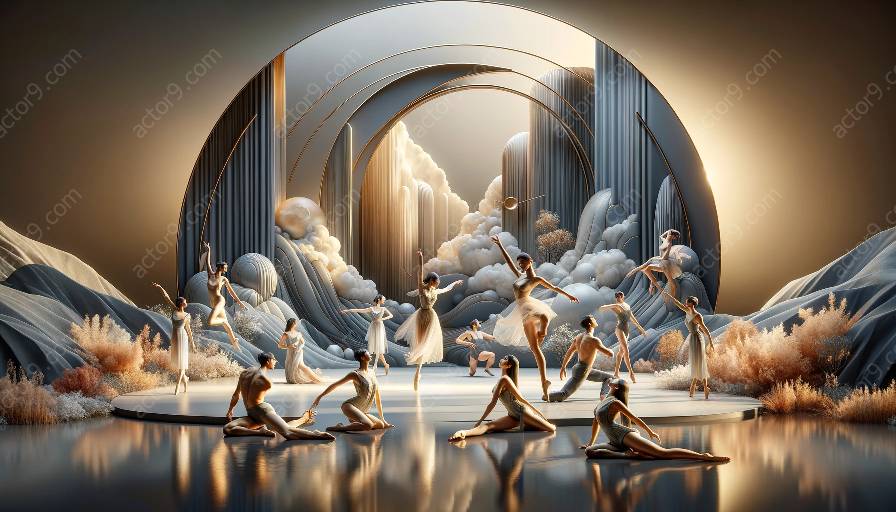Physical theatre is a dynamic and expressive form of performance that merges elements of drama with movement, space, and the body. It encapsulates a wide range of techniques and styles, creating a powerful and immersive experience for both performers and audiences. In this article, we will delve into the key elements of physical theatre, exploring how these elements contribute to the richness and depth of this art form.
1. Movement
Movement is at the heart of physical theatre. It encompasses a broad spectrum of physical actions, including dance, gesture, and kinetic expressions. Physical theatre often emphasizes the use of non-verbal communication through movement to convey emotions, narratives, and themes. Performers use their bodies as a primary means of storytelling, employing various forms of choreography and physicality to captivate and engage audiences.
2. Space
The utilization of space is a fundamental element in physical theatre. Performers explore and manipulate the performance space, incorporating spatial dimensions to enhance the visual and emotional impact of their work. This may involve playing with proximity, levels, and pathways to create compelling stage compositions and interactions. The dynamic relationship between the performers and the space contributes to the immersive and visceral nature of physical theatre.
3. Body
The body serves as a versatile and expressive instrument in physical theatre. Performers harness the capabilities of their bodies to embody characters, emotions, and narratives in a visceral and compelling manner. Through the exploration of physicality, performers convey a plethora of sensations, intentions, and states of being. Physical theatre celebrates the diversity and expressivity of the human body, transcending linguistic and cultural boundaries through its powerful corporeal storytelling.
4. Expressive Techniques
Expressive techniques encompass a myriad of tools and strategies used in physical theatre to convey meaning and evoke emotional responses. These may include mime, mask work, acrobatics, puppetry, and various forms of physical improvisation. Performers harness these techniques to create evocative and captivating experiences, often pushing the boundaries of physical expression to elicit profound and thought-provoking responses from audiences.
Connections Between Elements of Drama and Physical Theatre
Physical theatre shares a symbiotic relationship with the elements of drama, integrating dramatic principles into its physicality and storytelling. The use of tension, conflict, and dramatic arcs enriches the choreographic and narrative dimensions of physical theatre performances. Furthermore, physical theatre often blurs the boundaries between the performer and the audience, stimulating a heightened sense of empathy, immersion, and emotional resonance, akin to the transformative experiences of traditional dramatic forms.
In conclusion, the key elements of physical theatre converge to create a compelling and immersive performance experience that transcends linguistic and cultural barriers. Through the synergy of movement, space, body, and expressive techniques, physical theatre stands as a testament to the expressive potential of the human form, inviting audiences into a captivating realm of corporeal storytelling.




































